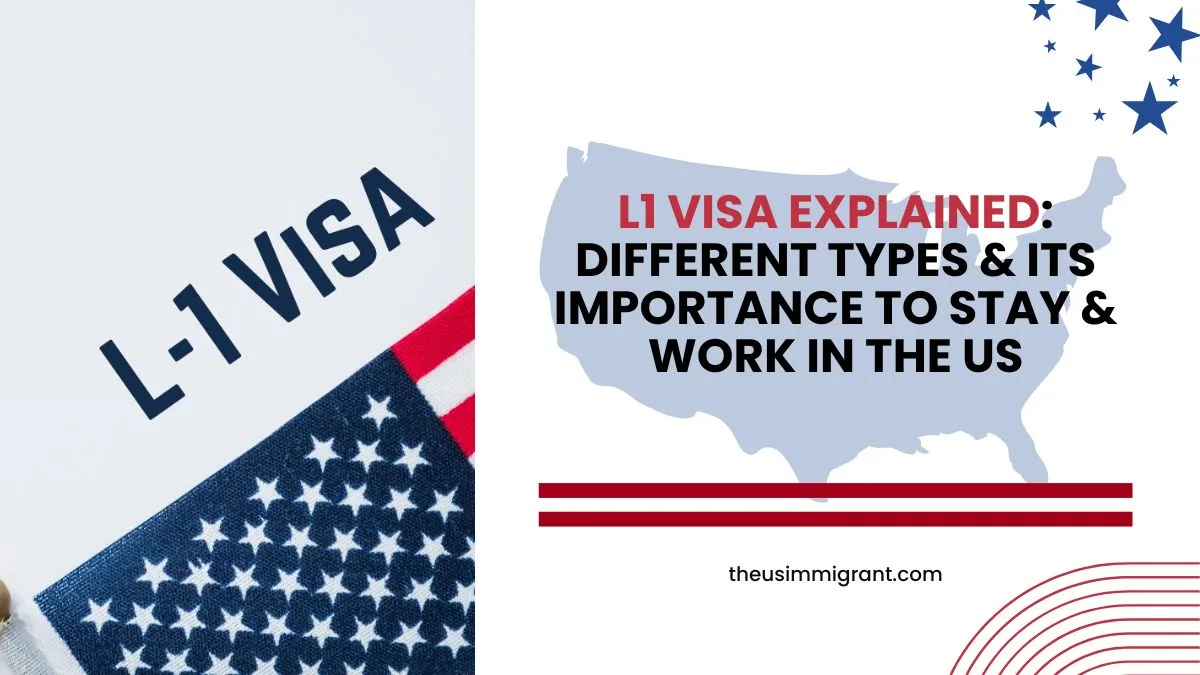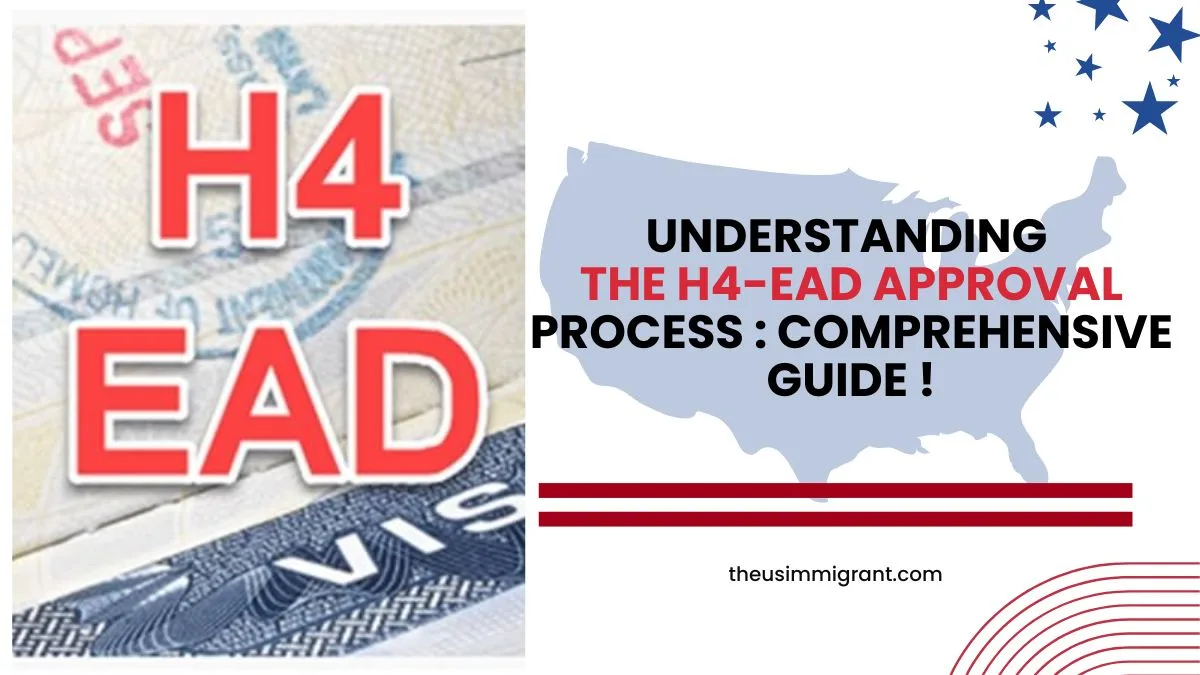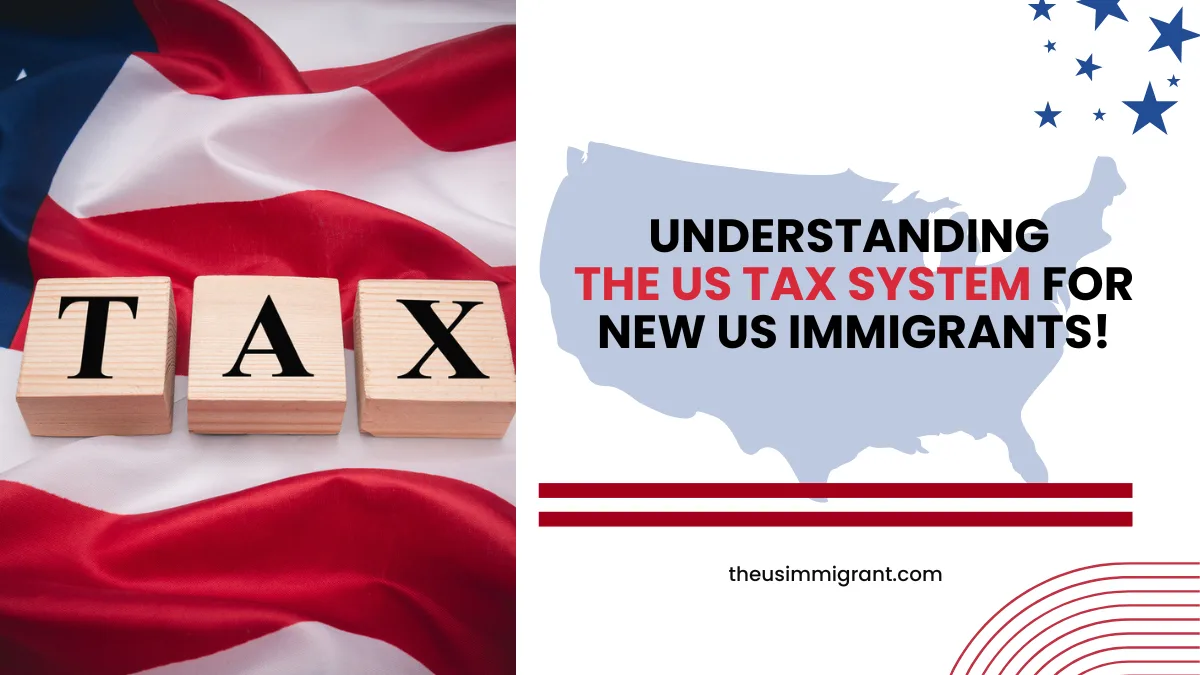Introduction
Let us assume that you are happily working for a company, and you are performing well, and suddenly you get to know that the company needs you to work in the U.S.
Interesting, isn’t it? However, that opens the next question—how do you go about working there legally?
That’s where the L1 visa comes in.
The L1 visa is nothing less than a golden ticket for all employees working in a multinational organization. It helps employers to move their professionals, managers, or persons with specialized knowledge to their U.S. offices. So, if you are wondering how this works and what steps you need to take, we have simplified that for you in a step-by-step manner.
What Is L1 Visa Exactly?
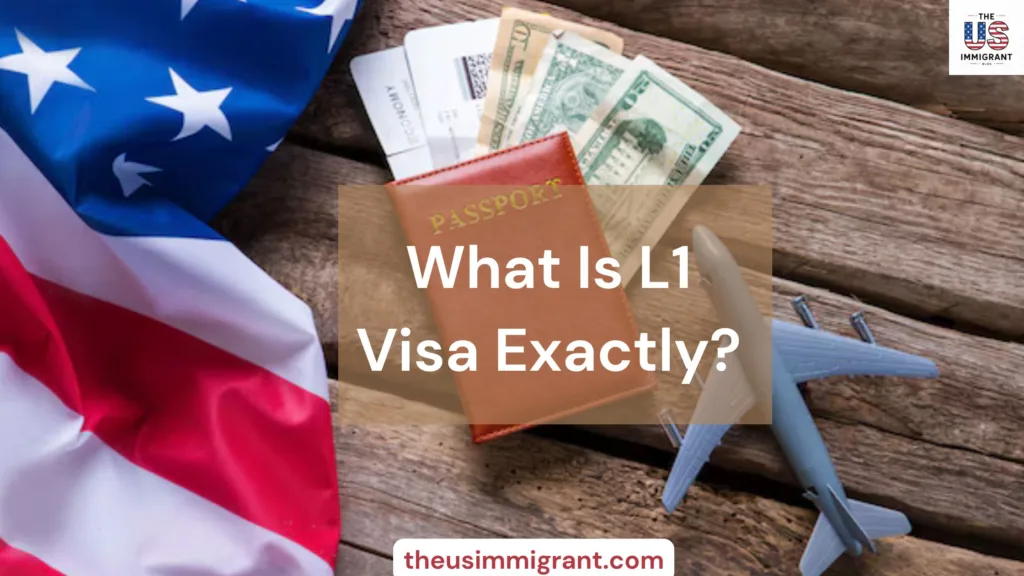
Consider the L1 a continuation of your home country office to a U.S. one. It legally enables employees to work in the U.S. whilst assisting the company in its expansion operations. It is primarily for companies that are entering the U.S. market or need their skilled professionals in U.S. offices to run things more smoothly.
Visa L1 is a good thing because of the following features: These visas are not subject to an annual cap like some of the other work visas. It is not only for work; it also helps employees work towards a green card, which can lead to permanent residency.
L1 Visa Significance: Why Is It So Important?
Imagine you are a manager working at one of your company’s overseas locations. As someone with knowledge and expertise, you are crucial to establishing or managing the company’s organizational base in the U.S. Without the visa, the process of bringing you over can become complex. The transfer is seamless and fast because of this visa, enabling the company to utilize your skills where they are most beneficial.
If you are an employee, it is a great boon to your career. It gives you experience and the opportunity to work in the U.S. and also allows your family to come with you. Perfect win-win, right?
Types of L1-type Visas
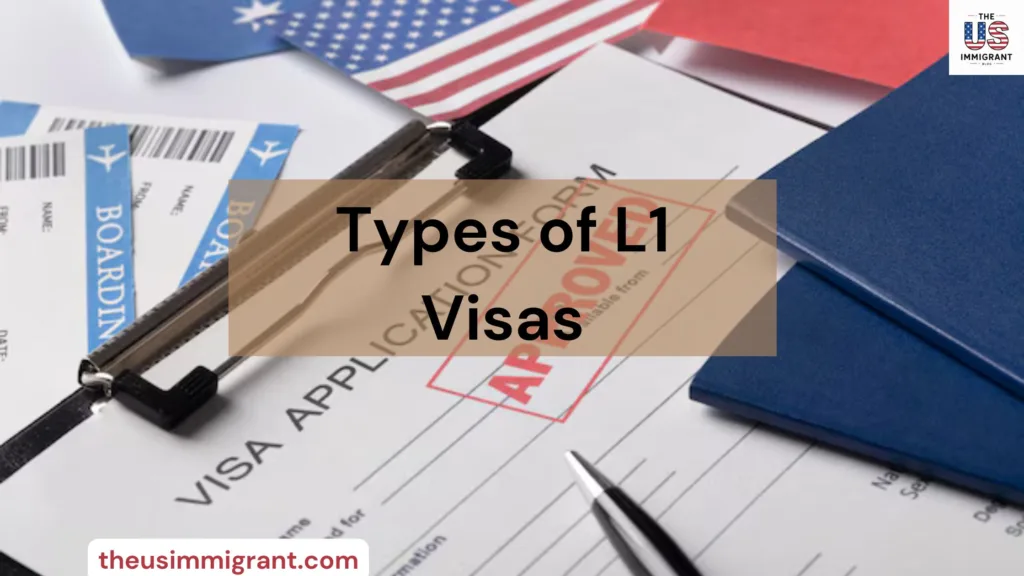
There are two types of L1 visas, and each has a different purpose.
1. L1A Visa — Applicable to Executives and Managers
The L1A visa is intended for more senior workers such as managers/top executives. These are the people with significant responsibilities, those leading teams or making larger decisions for the company.
- What is the L1A visa eligibility?
To be eligible for the transfer visa, one must prove working abroad for the same company or its affiliate for at least a year in the three preceding separations from overseas employment. The applicant’s employer linking international operations between foreign and domestic branches qualifies the multinational corporation sponsoring the internal transfer. Job duties abroad comparably prepare expat employees for specialized expertise assisting stateside departments.
Alternatively, managers and executives supervising staff abroad for twelve continuous months may self-petition under L1A without overseas job termination; relocating internationally strengthens a company’s global reach through temporary workforce mobility.
- L1A Visa Length of Stay
- This type of L1 visa helps you to set up a new office in the U.S. and is valid for 1 year (renewable).
- If you are transferring to an existing U.S. office, then it is valid for 3 years.
- It is 7 years maximum for all extensions.
2. L1B Visa: For Employees with Specialized Knowledge
It is generally reserved for workers with unique, customized knowledge about a particular company’s products, services, or operations that would be difficult to find the same knowledge elsewhere.
- Beneficiaries for the L1B Visa
- You need to have worked with the company in a specialized capacity for a minimum of 1 year within the last 3 years.
- If you work in specialized knowledge, that is information about the company processes, systems, or products that is specifically not broadly available outside the company.
- L1B Visa Duration of Stay
- The L1 visa extension can be only for 1 year for a new office setup.
- It is valid for 3 years if we want to transfer to an already existing office.
- The total stay, including any extensions, cannot be longer than 5 years
How Does the Visa L1 Work for Families?

Well, here is the bright side: your family won’t be left behind.
Your spouse and children below the age of 21 can join you in the U.S. on an L2 visa.
Better yet, your spouse is eligible to apply for a work permit so they can work in the U.S. as well!
How to Apply for an L1 type Visa
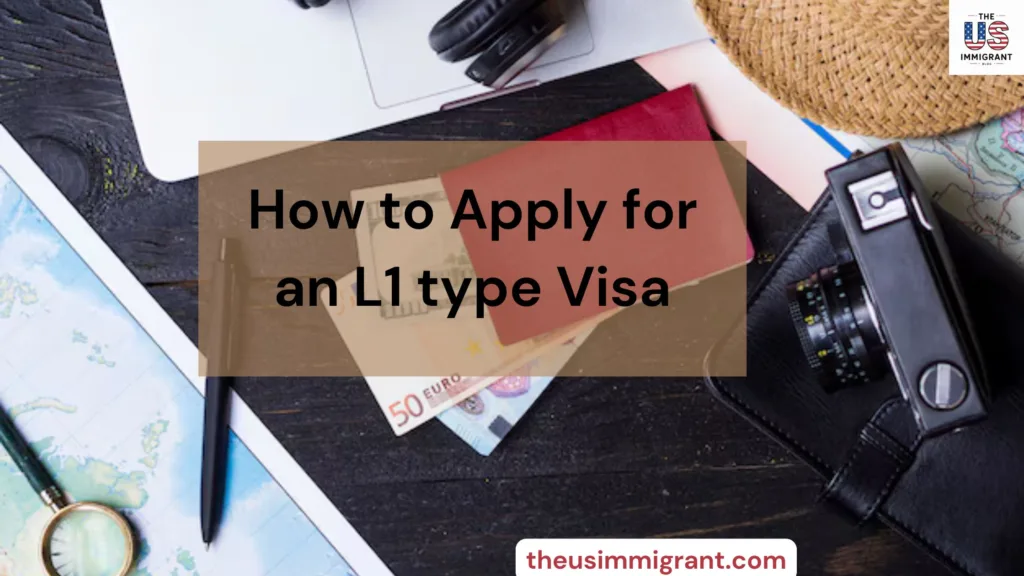
It’s a simple process, and you can follow it easily step by step.
Step 1: Employer Submits a Petition (Form I-129)
The company must first commence the process by applying designated the I-129 to Citizenship and Immigration Services. The form is expected by the administration from the business to legally permit your loved ones to reside alongside you in the U.S. throughout your placement.
There will be proof that they will require you to provide that:
- US and overseas offices are linked up.
- You are managerial, executive, or professional.
- There is a good business reason for your transfer by company
Step 2: Employee Files for the Visa
After approval of the petition, it is possible to apply for an L1 visa at the U.S. embassies or consulates in your country. Here is what you need to do:
- Complete The DS-160 Form Online
- Pay the visa application fee.
Step 3: Set an Interview Appointment at the U.S. Embassy
- Along with your passport, job offer letter, and proof of your qualifications.
Step 4: Entering the U.S.
- Once your visa is approved, you are ready to go to the U.S.A. So, at the airport, before you can enter, an immigration officer will check your documents. Once you’re in, you can get to work instantly!
Advantages of the L-1 Visa

1. For Employers:
- No cap: There is no limit on the number of these visas that can be granted each year.
- Simple Growth: This helps businesses scale in America.
- Streamlined Hiring: Aids in bringing competent labour without the need to start from square one.
2. For Employees:
Spouse and kids can join you and work (for your spouse)—family-friendly
- L1 Visa to Green Card: You are eligible to apply for a green card afterward with this visa.
- Career Progress: Provides international experience and a new opportunity.
Disadvantages of the L-1 Visa
No good thing comes without a few obstacle. You might run into some of the following difficulties:
- Written Paperwork: There is a lot of paperwork needed from the business and also the employee. L1B applications for specialized knowledge have more scrutiny
- Restricted Employment: You may only work for the company sponsoring your visa.
- Time Taken for Processing: Approval can take time, especially if there are bottlenecks.
Wrapping up...
The L1 visa serves as a bridge between foreign companies and their U.S. entities. More than just work it is a step into new opportunities, career possibilities, and even a path to permanent resident status. If you are an employer seeking expansion of business or an employee prepared for an overseas trip, then the visa can lead you to the American dream.
At The US Immigrant, we provide insightful blogs covering all aspects of immigration, including inspiring L-1 visa successful case stories. Stay connected with us for comprehensive information on your immigration journey!
Frequently Asked Questions (FAQ's)
- What is the processing time for the L1 visa?
- Decisions take time, but 15 days with premium processing.
- What is the difference between the L1A and L1B visas?
- You can only apply for L1A if you are either a manager or executive, so L1A is for managers and executives, whereas L1B is for employees possessing specialized knowledge of the employer.
- Is it possible for L-1-type visa holders to obtain a green card?
- Yes! This visa accepts dual intent, and you can even file a green card while remaining on the visa.
- Are spouses of L-1 visa holders allowed to work in the United States?
- Yes, spouses on an L2 visa can access a work permit.
- What if my L-1 visa application is refused?
- You can apply again with more L1 visa requirements, like documents.

